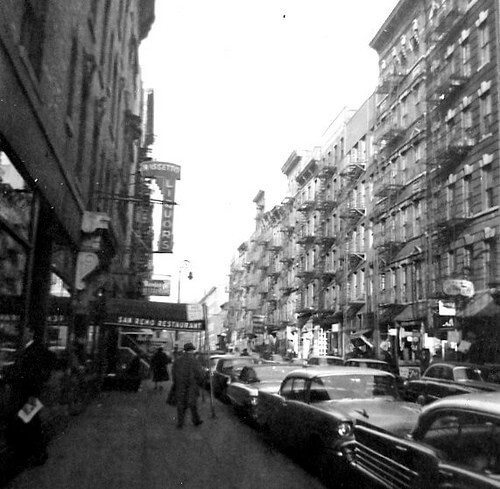Table of Contents Show
New York City boasts a storied past, and these five neighborhoods are no exception. While some still keep up their roots, others have changed significantly from their origins.
Greenwich VillageGreenwich Village
Although Greenwich Village was originally named “Sapokanikan,” meaning “Tobacco Fields,” it was eventually renamed “Growenwijck,” which is Dutch for “Pine District.” In the late 1800s, the area became more commercial as many more affluent residents gravitated toward Fifth Avenue. By the early 1900s, Greenwich Village was well-known for its bohemian vibe and low rents. During Prohibition, many people flocked from uptown to go to the Speakeasies in the area. Eventually, the abandoned row houses were turned into artistic flats.
Today, new developments aim to maintain the historical significance of Greenwich Village, like 66 East 11th Street, an 1897 building that once served as a dress shop. Devonshire House is also a new development in the area, which was once a PreWar condo with traditional Italianate and English detailing.
Brooklyn HeightsBrooklyn Heights
Some believe the name Brooklyn is derived from the Lenape Tribe, with translations to “the place where beards grow” and “valley of the beautiful squaws.” The name could also be derived from the Dutch, who named Brooklyn after Breukelen, Netherlands. The Dutch left Manhattan for what they perceived to be better soil in the heights across the river instead of Manhattan’s rocky soil. Formerly, Brooklyn was characterized as the “city of churches.” Brooklyn Heights is one of the more affluent neighborhoods within Brooklyn and was initially called Brooklyn Village. Today, it is still well-known for its townhouses.
ChelseaChelsea
On the west side of Manhattan, Chelsea derives its name after British Major Thomas Clarke’s home. Clarke purchased almost 100 acres in 1750 between what is currently 8th Avenue to the Hudson River and 21st and 24th streets. He built a home on the property naming it Chelsea after a retirement home and veteran’s hospital in Great Britain. The area was later industrialized, bringing many immigrants to work in the factories. The neighborhood has transformed into a mostly residential neighborhood, with the average selling price at $1.78 million.
Financial DistrictFinancial District
The name Wall Street in the Financial District isn’t a significant change from what the Dutch initially coined Walstraat. The Financial District was formally a commercial area but is becoming the new trendy place to live. The neighborhood has seen a jump in residential properties to accommodate this trend. The landscape is changing in the Financial District as many former office buildings are now being repurposed into residences.
Theatre DistrictTheatre District
The name Broadway stems from “de Brede Weg” or “Brede Straat” meaning wide street. Initially, the street was a Lenape Trail that ran from lower Manhattan to Boston. It was renamed Broadway by the English when they took control in 1664. The area became famous for music and theater after opening the Metropolitan Opera House in 1883. The current median price for real estate in the area is around $1.5 million.
While the names have changed, the neighborhoods have maintained their integrity. Developers aid in this by incorporating the neighborhood history when building or repurposing old buildings into new developments.

